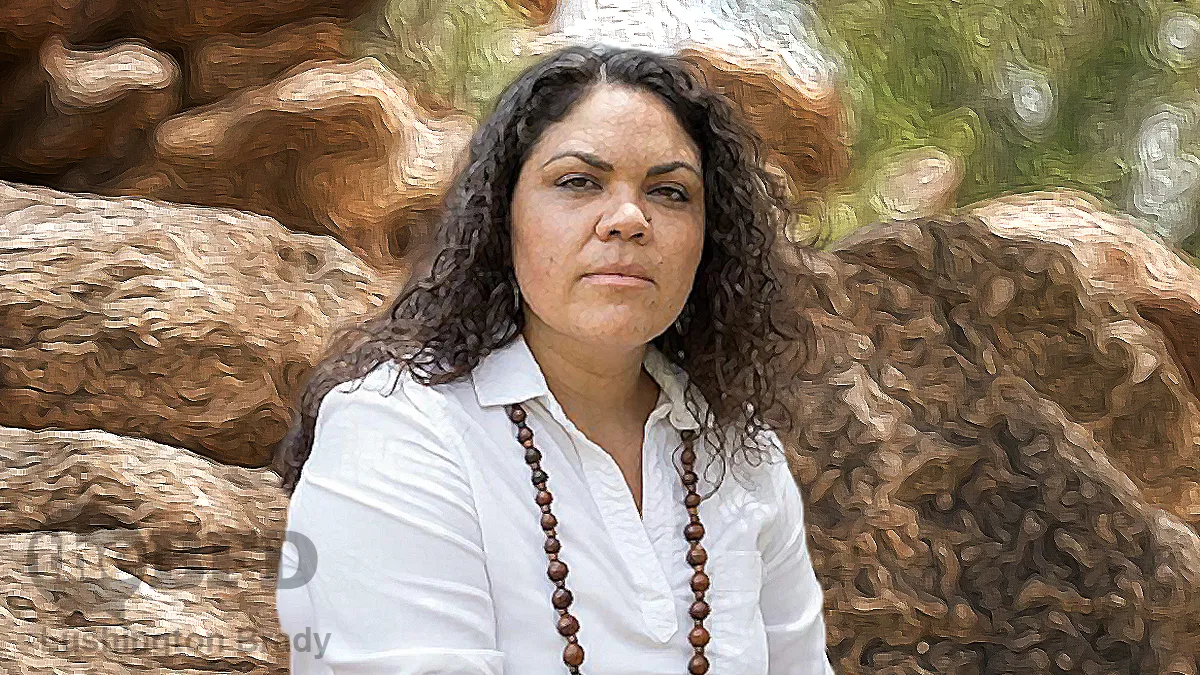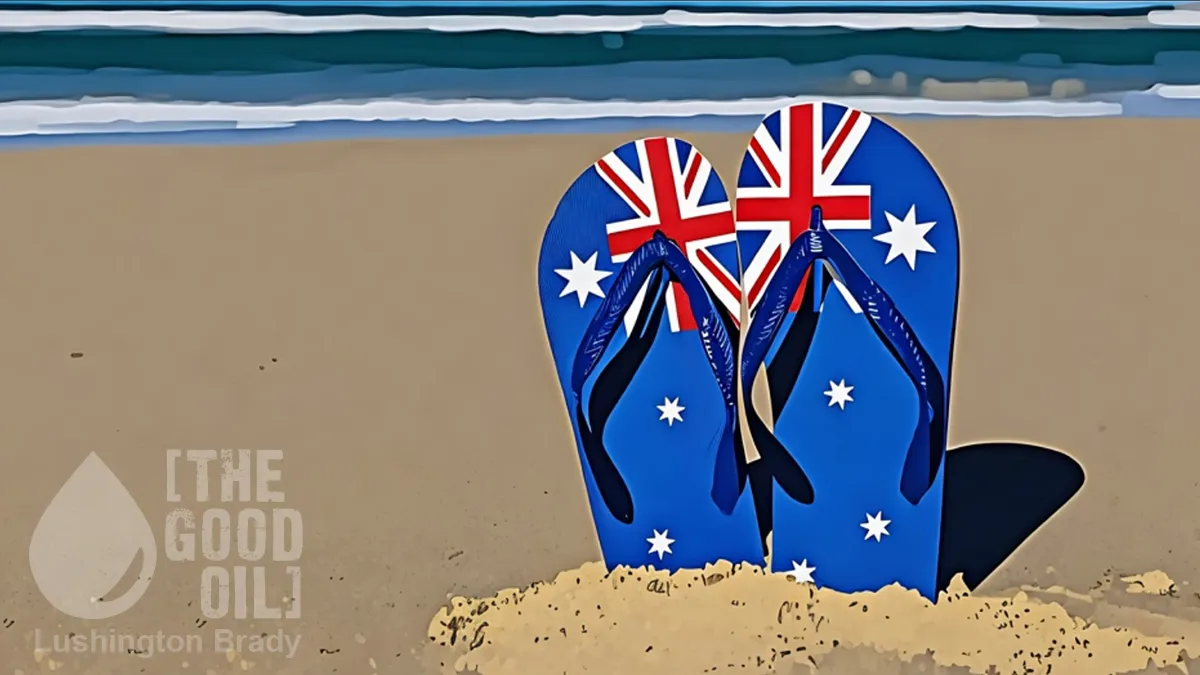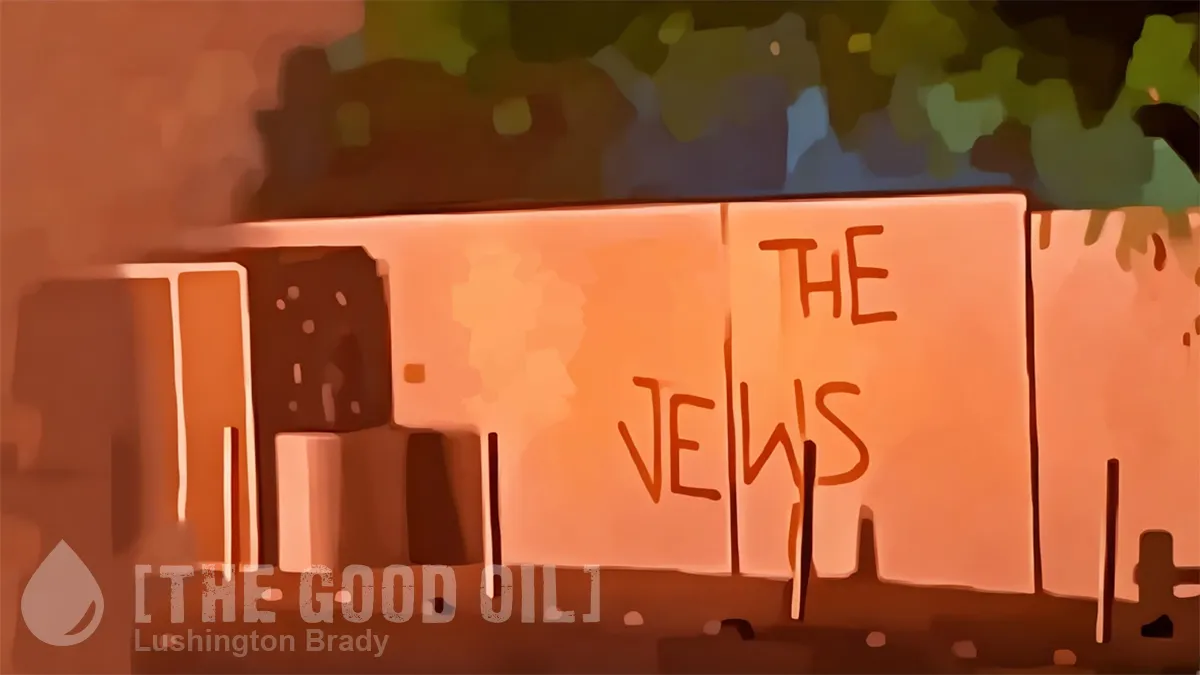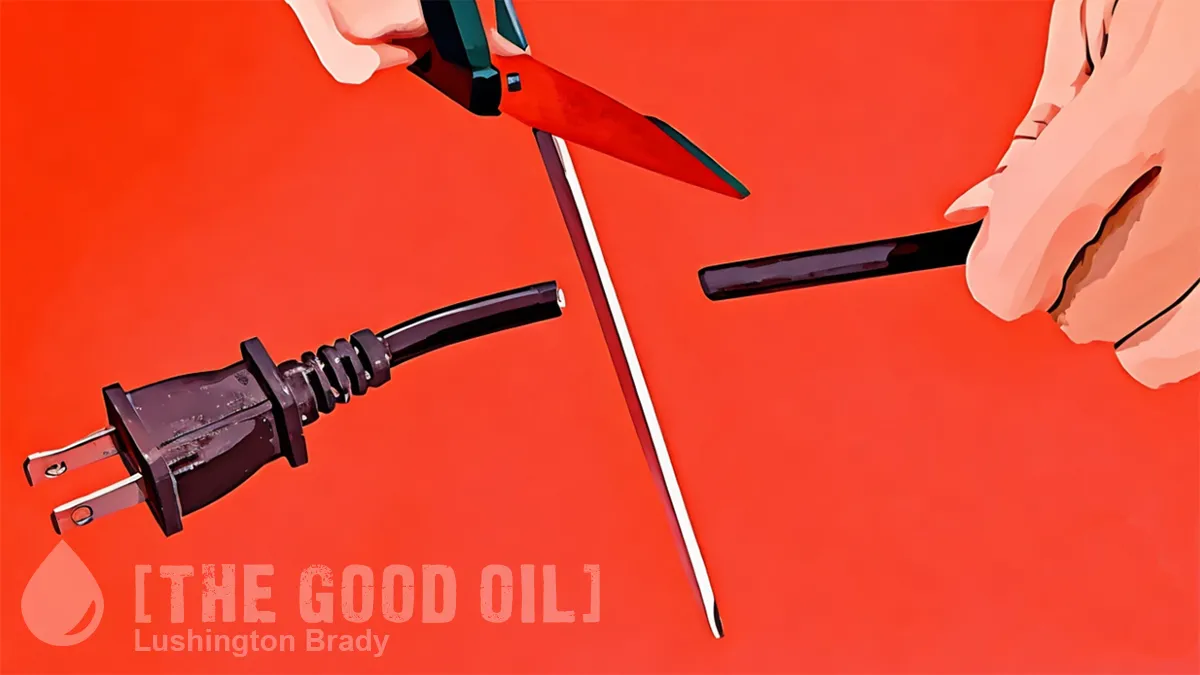The Dutton opposition in Australia is going big and bold. Ever since John Hewson was belted so thoroughly in 1993 for daring to lay out his policies in detail two years out from an election, the received wisdom has been small-target strategy. Don’t tell anyone what your policies are until the election is announced, and even then, string them out right up to election day, if you can. If you don’t say what your policies are, the thinking goes, they can’t be attacked.
Dutton, instead, has already shown his daring on energy policy, by openly championing nuclear energy. Now, his Indigenous Affairs spokeswoman, rising party star Jacinta Nampijinpa Price, is laying out a bold policy agenda: one that goes right for the throat of the cosy “progressive” assumptions that failed so miserably, and deservedly so, at the Voice referendum.
Price is daring Aboriginal Australians to dump the grievance politics, get off their arses and join the rest of Australia, where they rightly belong.
Jacinta Nampijinpa Price has laid out her vision for an “advancement movement” in Indigenous affairs, in which welfare-dependent Aboriginal and Torres Strait Islander people do the jobs in their communities currently done by fly-in, fly-out workers, and “meet the standards other Australians are expected to meet”.
Firstly, Price is identifying the real problem of “closing the gap”. Not for the bulk of Aboriginal Australians, most of whom live in cities and are generally doing as well as other Australians. (Many of whom, too, are notably pale-faced.) The real tragedy of Aboriginal Australia is the minority who live in remote communities.
“We know where the gap is – it is 20 per cent of the three per cent […] It’s remote Indigenous Australians, many of whom do not have English as a first language. We already know that we can either fix or exacerbate that by school attendance.
“There should be no fly-in, fly-out workers in communities with Indigenous Australians on welfare.”
Just as importantly, Price is taking aim at the “progressive” fetishism for “Indigenous Culture”. Or at least, their fawning over a blackface-romanticised idea of “Indigenous Culture”, all smoking ceremonies and Welcome to Country, while ignoring the brutal reality of actual Indigenous culture.
She describes the advancement movement as “a second way”.
“We can continue along the separatist road that sees Indigenous Australians as irrevocably damaged by settlement and wants to keep Aboriginal culture stuck in time like a museum piece,” Senator Nampijinpa Price writes.
“Traditional culture is romanticised by those who do not live it, while reinvention of culture has become an industry in the name of reconciliation for the purpose of political influence.
“This (separatist) way forward leaves negative parts of Indigenous culture alone to grow and fester. Things like violent cultural payback, arranged marriage and apportioning tragedies and mishaps to sorcery, all of which are anathema to modern culture.
“This is a view that lowers standards for Indigenous Australians … This has been the strategy of decades of government agencies and academic activists, and yet they fail to draw the obvious connection between this approach and the failure to make much ground on Closing the Gap.”
It’s almost as if they want to keep Aboriginal Australians as pet museum pieces.
Finally, Price is intent on demolishing the bullshit of so-called “truth telling”.
Senator Nampijinpa Price expresses her concern about truth-telling because, as she tells The Australian in a video interview to be published with her essay, it has been “driven by this notion that somehow modern non-Indigenous Australians have to compensate for what occurred to Aboriginal people in our country’s history”.
But she said Australia needed to understand the atrocities that occurred at and after colonisation, which included the murders of many of her Warlpiri family in the last sanctioned massacre at Coniston in 1928. “Seventy-five years after that we had a commemorative ceremony and invited those descendants of those who killed our family … (we told them) ‘we don’t blame you for what happened in our country’s history’.
“We recognised those were hard times but we are now together as Australians moving forward, and I think that is one of the greatest acts of reconciliation I’ve ever been part of.”
Real truth-telling would involve telling the whole truth of Australia’s history, not just carefully cherry-picked bits that advance a grievance narrative.
She said the nation needed a nuanced understanding of its own history, including what is great about the nation that emerged from it. She said few younger Australians were taught that King George instructed Governor Arthur Phillip to “live in amity and kindness” with Aboriginal people and to punish crimes against them. “Of course, the British settlers did not always live up to King George’s instructions, but that doesn’t change the fact the instructions were given,” she writes.
The Australian
The obsession with massacres, real or imagined, not only fails to situate them as what they were – rare outbreaks of violence – but ignores what happened before or after. Very often, massacres were reprisals, prompted by murders of whites by Aborigines. And they were just as often responded to by the rule of law. After the Myall Creek massacre, for instance, seven of the white perpetrators were tried and hanged.
But you won’t catch an activist admitting that.









